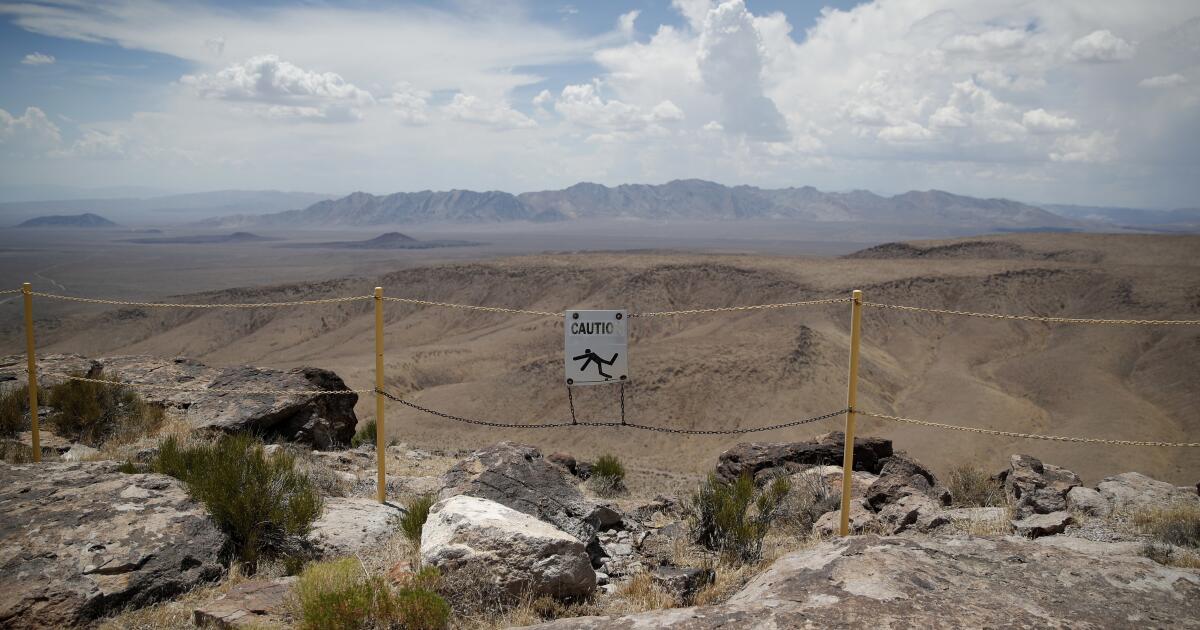The Chinese city of Wenchang, in the northeast of Hainan Island, was hit on Friday by the most powerful typhoon in a decade.
In the face of the threat of “Typhoon Yagi”, more than 400,000 people were evacuated from the island to safe areas, BBC information.
Transportation such as trains, ships and flights were suspended, while schools in the area were closed ahead of Hurricane Yagi.
Authorities have warned of strong and destructive winds and tourist attractions have also been closed and blocked since Wednesday, including the world's longest sea crossing, linking Hong Kong with Macau and Zhuhai in Guangdong.
Meteorologists have warned that Yagi could cause calamity in Hainan and neighbouring Guangdong province, China's most populous province.
The Indo-Pacific Tropical Cyclone Warning Center warned in an advisory Thursday that Yagi is an extremely catastrophic and powerful super typhoon that can make landfall with disastrous consequences. A super typhoon is equivalent to a “Category 5 hurricane.”
Yagi has arrived in China with double the power after wreaking havoc in the Philippines earlier this week.
The typhoon had caused flooding and landslides in the country, killing at least 13 people in the northern Philippines and thousands were evacuated to safety, according to BBC.
In China, meteorological authorities expect 500 mm of precipitation in the region.
The catastrophic typhoon is also expected to hit Vietnam late on Saturday, but will be weaker.
Vietnamese media reports that more than 460,000 personnel will be deployed to deal with the disaster.
The overall situation is discouraging. BBC Scientists have claimed that typhoons and hurricanes are becoming stronger and more frequent with climate change. They revealed that storms absorb more energy if ocean waters are warmer, which generates faster winds that eventually result in typhoons and hurricanes.












